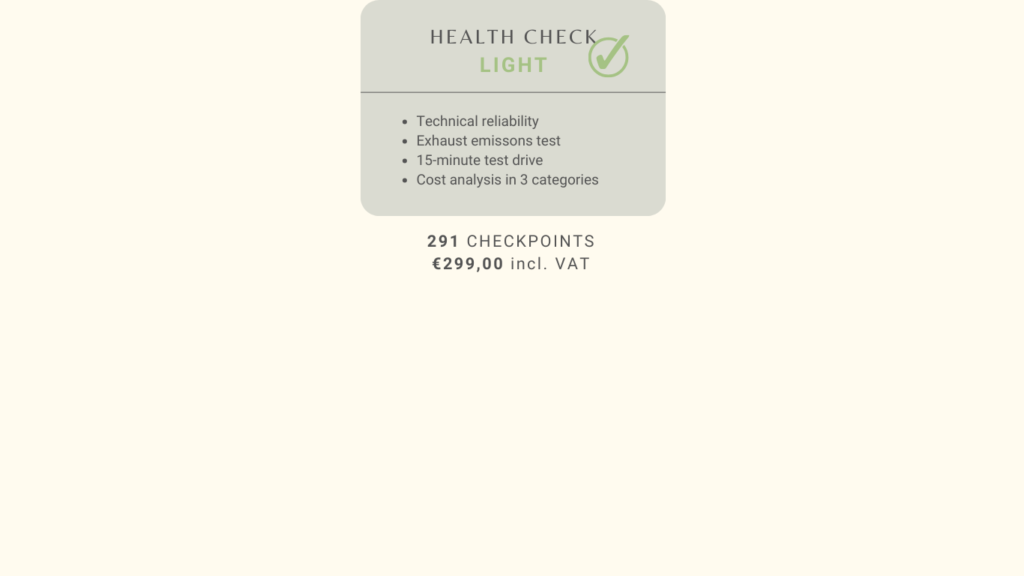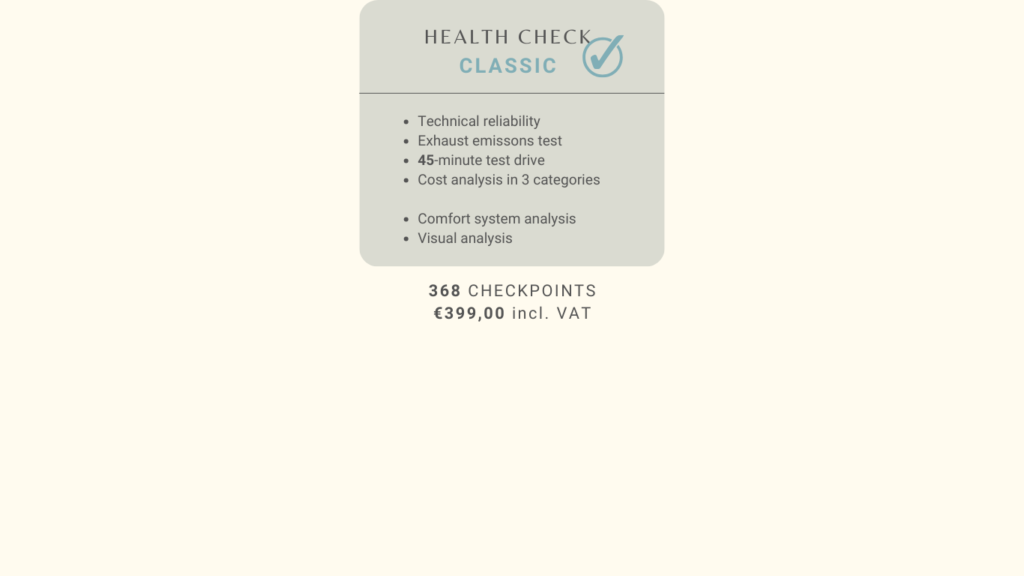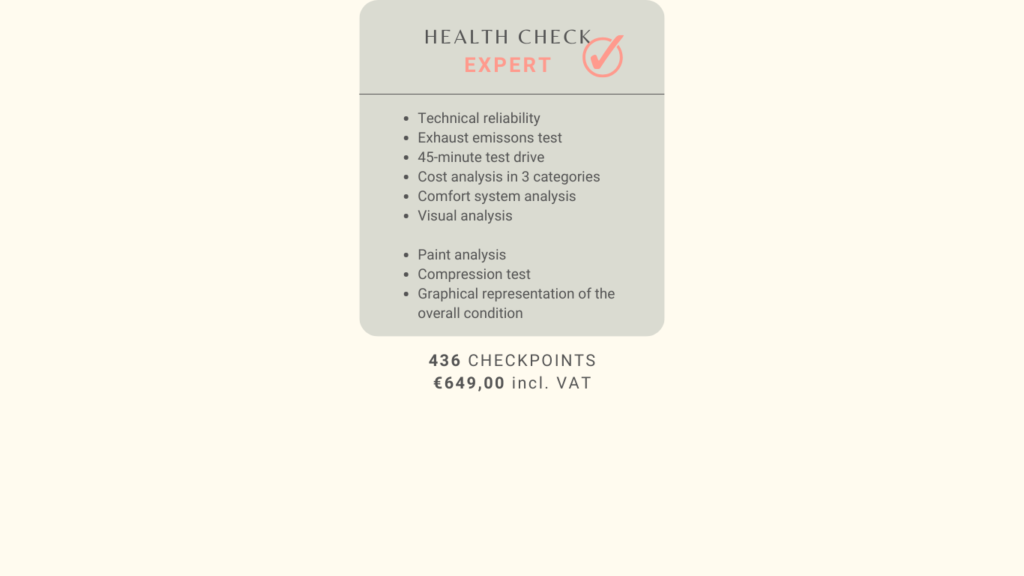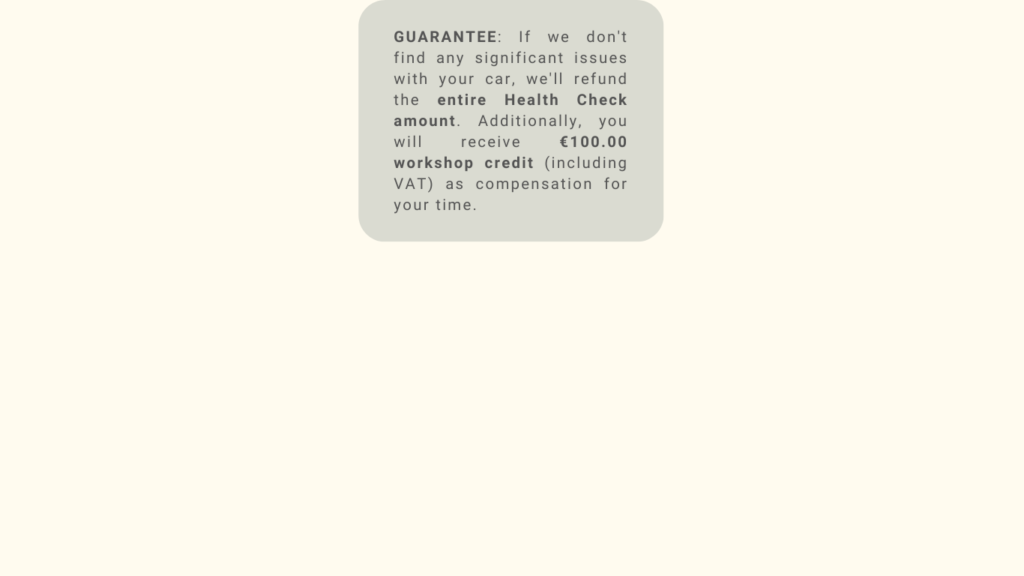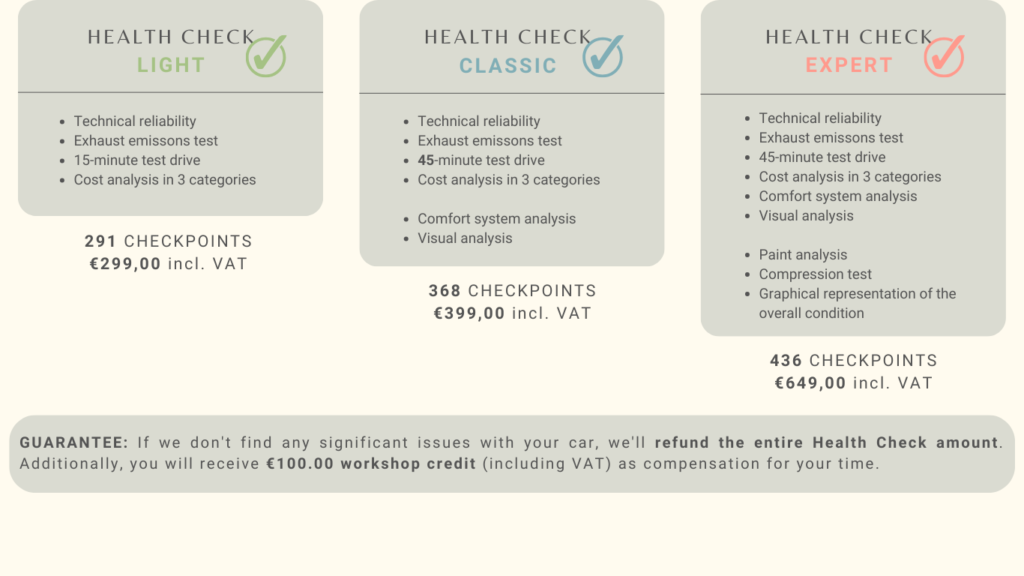The 7 most common causes of breakdowns in your Mercedes-Benz 107
The 7 most common causes of breakdowns in your Mercedes-Benz 107
A well-maintained Mercedes-Benz 107 will effortlessly take you thousands of kilometers. Unfortunately, neglecting maintenance is a problem with most of these cars, with all the consequences that come with it.
The Mercedes-Benz R107 and C107 models are known for their reliability, and rightly so! A properly maintained specimen rarely causes problems. However, many official brand garages no longer have the knowledge and experience to address and prevent issues in cars of this age. This even leads people to encounter problems with their trusted dealer. This article describes the most common problems that we experience day in and day out in practice. To address and prevent these problems proactively, Terrijn Classics has developed a Mercedes-Benz Health Check, which you can read more about at the bottom of this page.
Reading time: +- 8 minutes

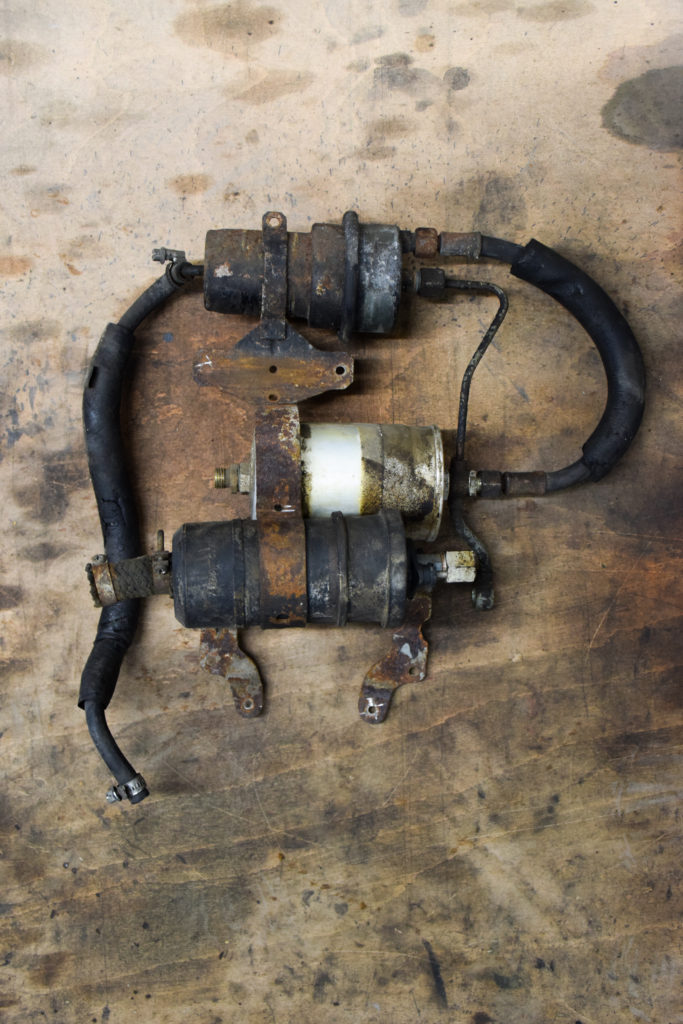
1. fuel pump package
The fuel pump package is a combination of several important components:
- The fuel pump that supplies gasoline to the engine
- The accumulator that monitors fuel pressure
- The fuel filter
- Several rubber hoses
This package is mounted at the bottom of the car, which exposes it to factors like rain, wind, and flying debris. Failures can occur due to pumps breaking internally or aged hoses starting to leak. A defective accumulator can result in difficulties starting the engine and poor engine performance.

2. timing chain
Issues with the timing chain apply to all V8 engines, specifically the 350, 380, 420, 450, 500, and 560 models. Only the 280 and 300 models are exempt from this.
The timing chain, especially its guides, typically remain trouble-free for at least 20 years. This is why most workshops are unaware of issues related to it. Because these chains are usually never replaced and are more than thirty years old, they often experience chain elongation, leading to poor engine performance. Even more frequently, the guides become brittle over the years, break off, and then fall onto the timing chain, potentially causing catastrophic engine damage. We now proactively inspect every V8 engine that enters our workshop for the first time for this issue. One in three inspected engines requires urgent repairs.
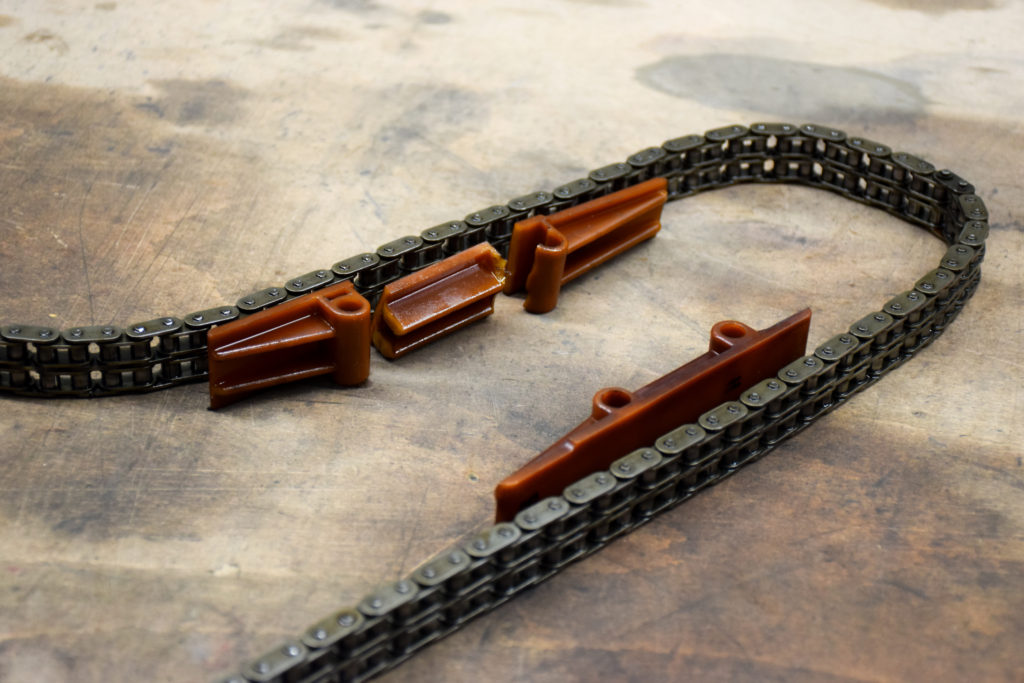

3. braking system
The braking system can sometimes cause problems as well, especially due to aging brake calipers. The rubbers inside these calipers deteriorate and become stuck, often in cars that are parked for extended periods. When you start driving again, this can lead to brake fluid leakage or overheating of the brakes, resulting in a sudden loss of braking effectiveness. This is dangerous and can lead to your car being towed.
Early indications of these problems are brakes that squeal or drag. This can be easily tested: put your car in neutral, release the handbrake, and push it forward. It should be easy to do this on your own.
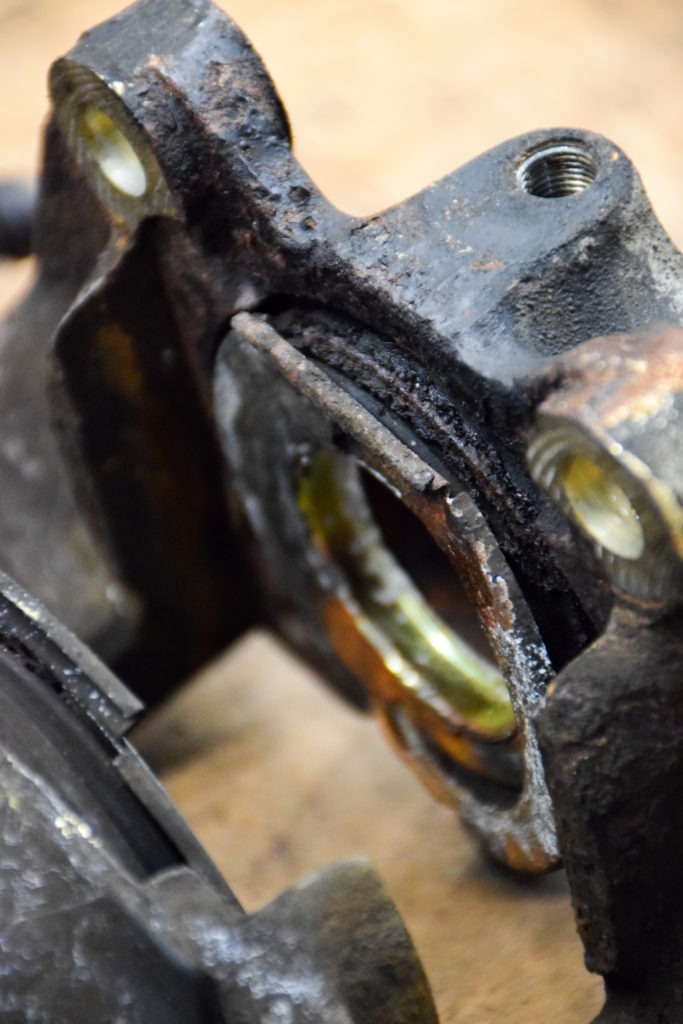

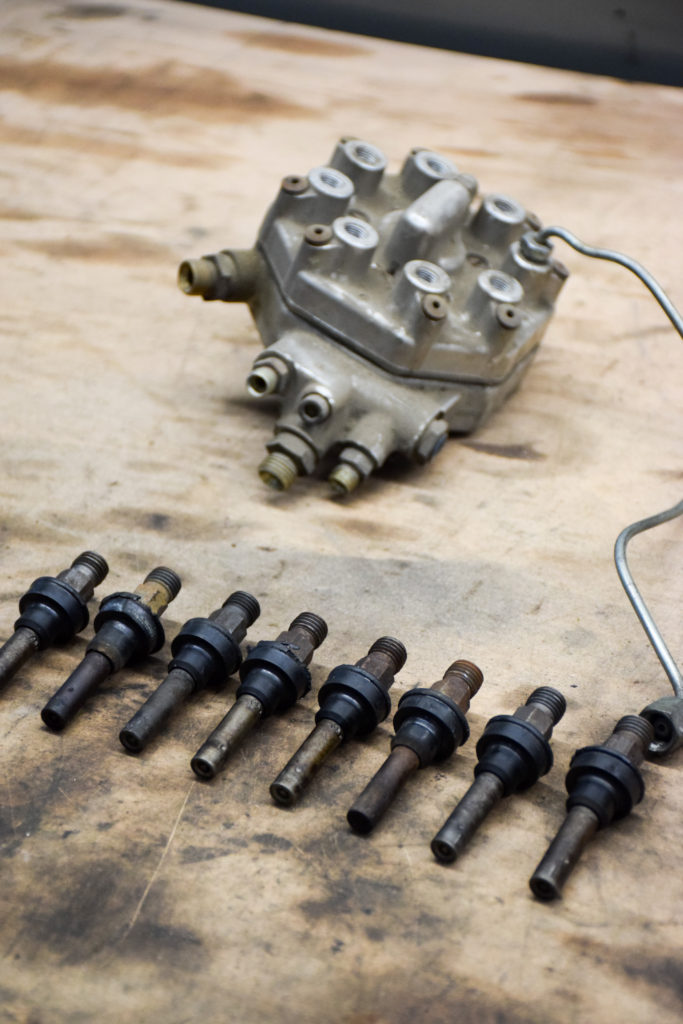
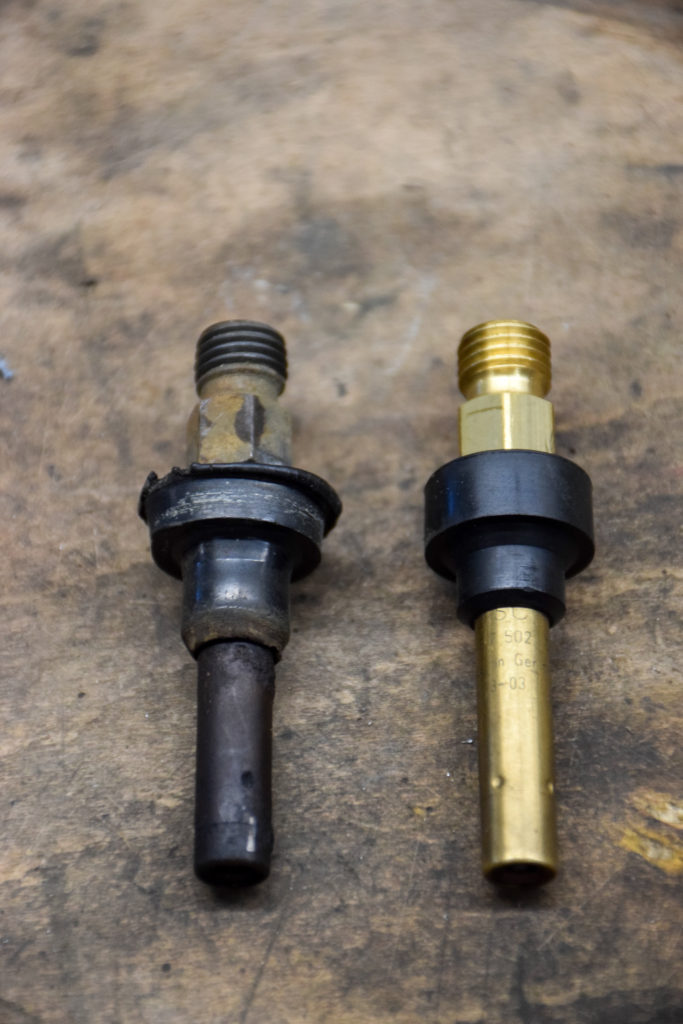
4. injection problems
This applies to all systems that have been used over the years. D-Jetronic was used until 1976, K-Jetronic is found in cars made between 1976 and 1985. Finally, there’s KE-Jetronic from 1985 until the end of production. Each system has its pros and cons and is technically very sound when in good condition. However, age does take its toll, often requiring various repairs to remain reliable.
D-Jetronic can be considered the most technically reliable. In some cases, problems can arise with the control unit, injectors, and relays. Overall, complex issues are relatively rare. However, this system is susceptible to very dangerous gasoline leaks on top of the engine, which can lead to engine fires. Therefore, it is crucial to proactively inspect and replace all rubber hoses if necessary on these vehicles.
K-Jetronic and KE-Jetronic are quite similar and can experience various problems. These issues include uneven idling, cold or hot start problems, loss of power, high or low idle speed, gasoline leakage, and more. With these systems, it is essential to diagnose the problems correctly and not replace components randomly if issues occur. Specialized knowledge and experience with these systems have become rare. As a result, we have had customers come to us from Bordeaux and Lyon to solve complex injection problems.
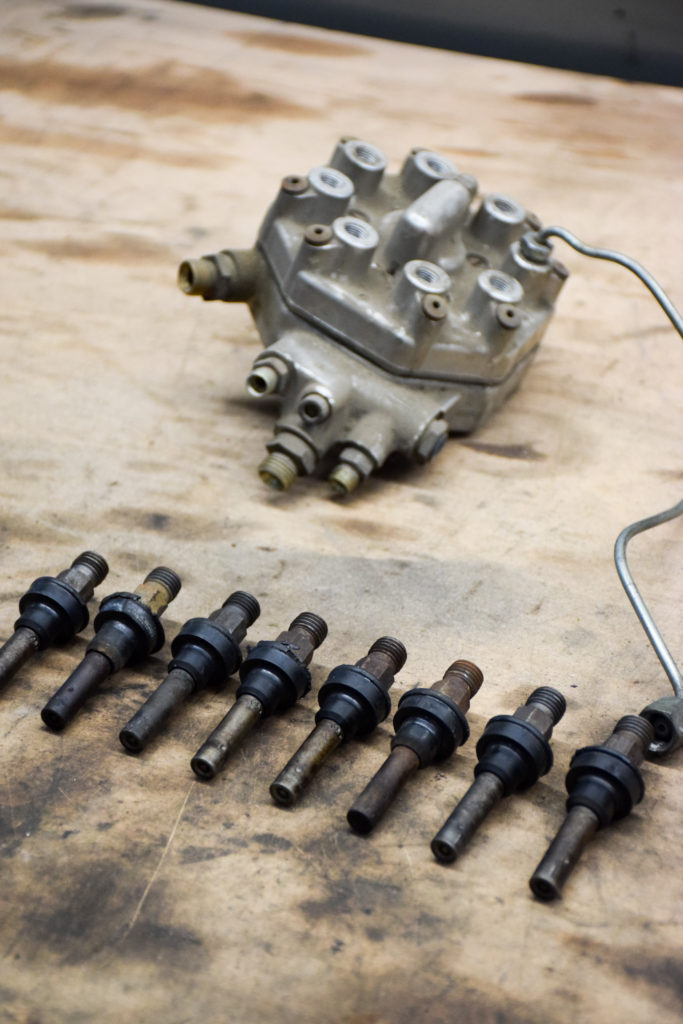

5. leaks and aging pipes
This is a problem that occurs in all older cars. Rubber hoses age and are not systematically checked for deterioration. This concerns coolant hoses, power steering hoses, transmission hoses, … Due to the deterioration of the rubber, transmission cooling hoses can sometimes break, resulting in immediate breakdown and potential damage to the transmission. A leaking coolant hose will cause the engine to overheat, and again, you will be stranded on the side of the road. Preventive and targeted inspection is, as always, the key to avoiding problems.
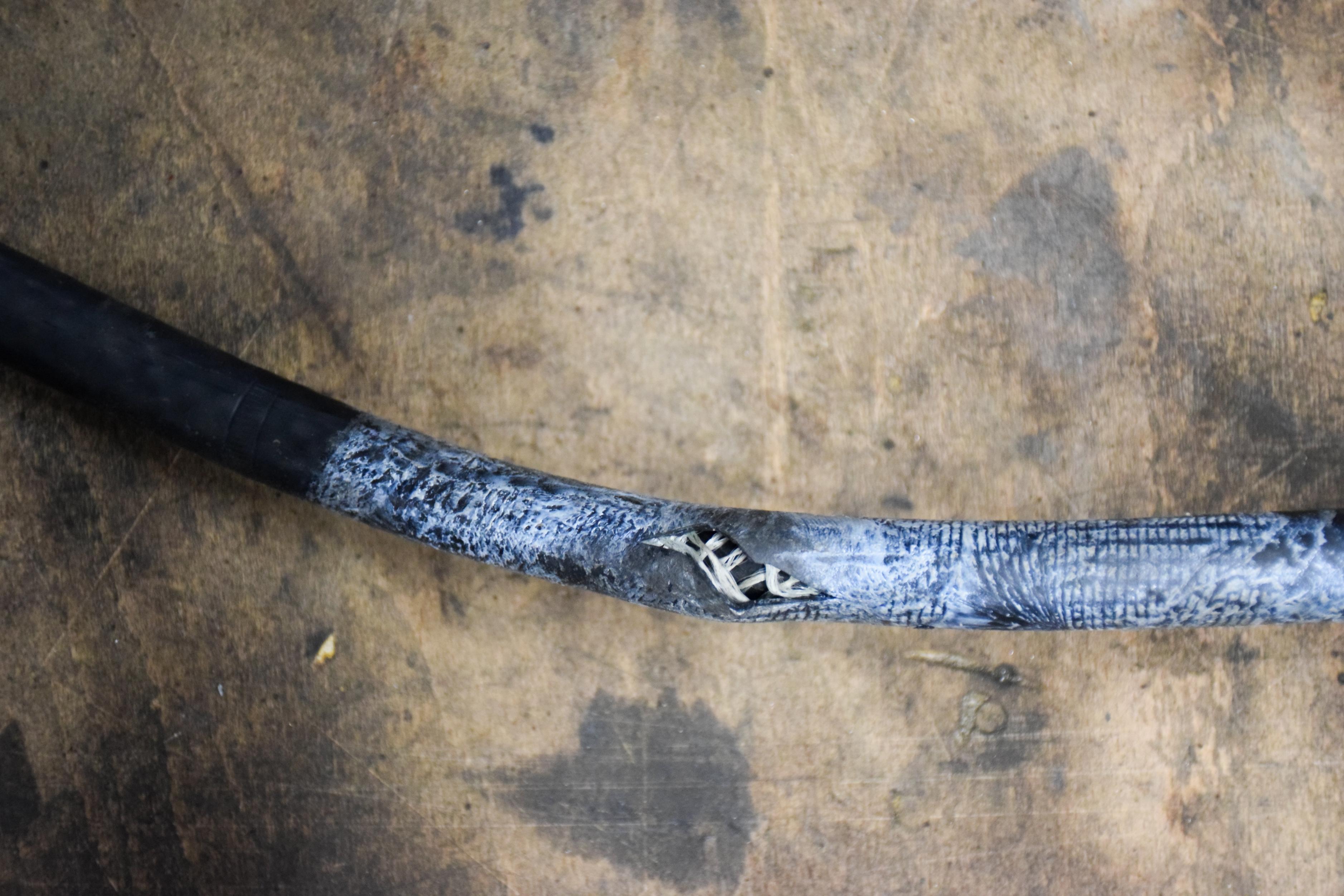

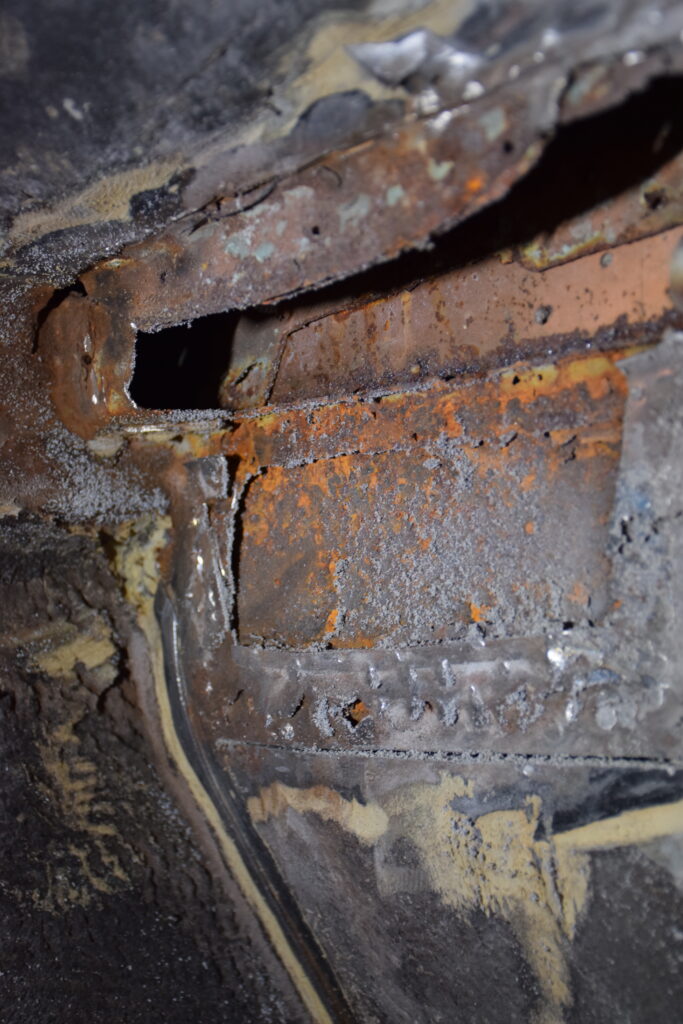
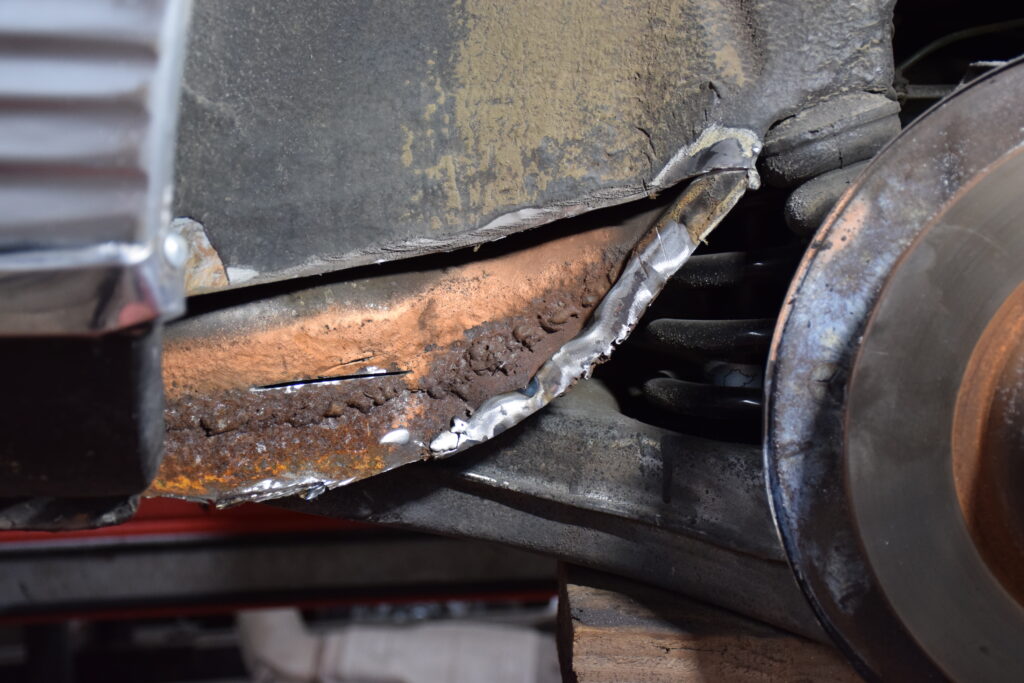
6. rust
Rust rarely leads to a breakdown, but it can indeed be a real ‘107 killer.’ Like all cars from that era, Mercedes-Benz is not exempt from it. Advanced rust can cost a lot of money to repair properly, which in some cases may discourage owners from tackling it. The key knowledge in the case of rust is knowing that it exists. A rust spot that is discovered early can be treated in about two work hours. If you discover the same rust spot two or three years later, a high-quality repair can easily take up to 15 work hours.
The Mercedes-Benz 107 is often afflicted with rust in various areas. For example, the rear bumper on European models is frequently problematic. The front and rear sills also tend to rust regularly. Additionally, the typical water drainage areas in the front are often an issue. The rear wings, front wings near the headlights, the rubber edge of the soft-top storage compartment, front floor panels, and trunk floor may also suffer from rust. In some cases, the firewall between the engine compartment and the interior can corrode entirely. This is especially a problem for cars that have endured moist conditions.
A 107 that has been thoroughly inspected and treated for rust can handle all weather conditions. Regular monitoring is important, and any surface rust should be addressed as soon as it appears.


7. engine and gearbox neglect
7. engine and gearbox neglect
This is often a problem with cars that are brought back to life after a long period of inactivity or vehicles that have been owned by budget-conscious owners. Cars maintained by workshops that, often with the best intentions, lack sufficient experience with these vehicles can also experience maintenance issues. For this reason, at Terrijn Classics, we have developed a checklist for each model in which we systematically inspect all key points during maintenance.
Mercedes-Benz recommends engine maintenance every 7,500 km or every two years, depending on which comes first. Gearbox maintenance, on the other hand, is only required once every four years, which often leads to it being overlooked. This can result in problems such as poor shifting, harsh shifting, and accelerated wear.
Systematically and properly maintaining a Mercedes-Benz with the right expertise can prevent many problems and associated costs. Owners who are unsure of when the engine and gearbox were last serviced are advised to perform maintenance on both. This will provide a fresh start and a new reference point to work from.
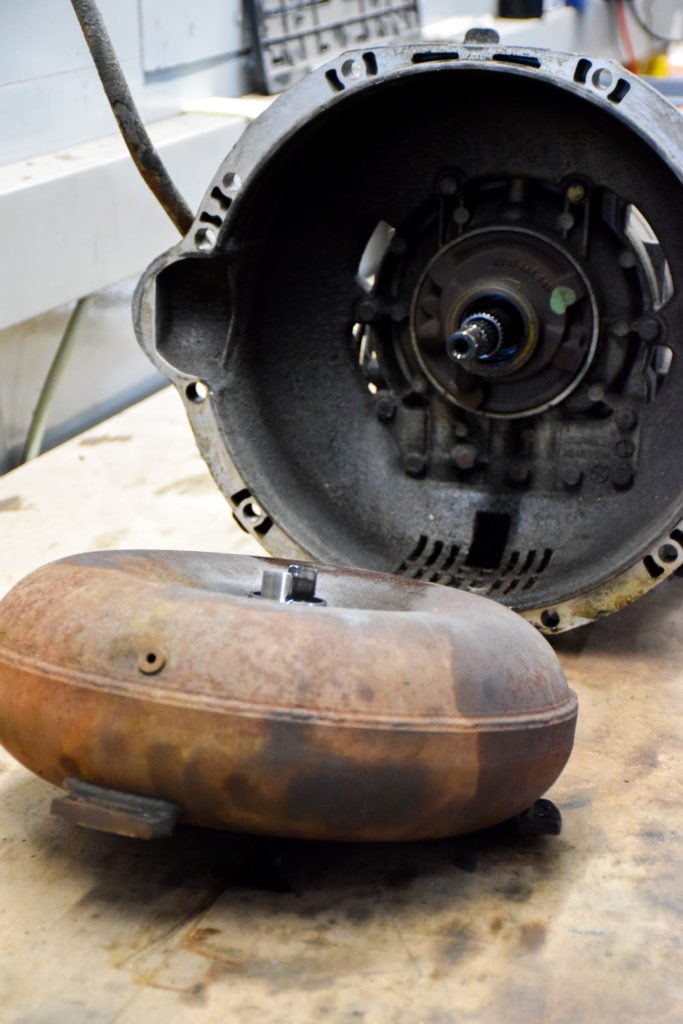
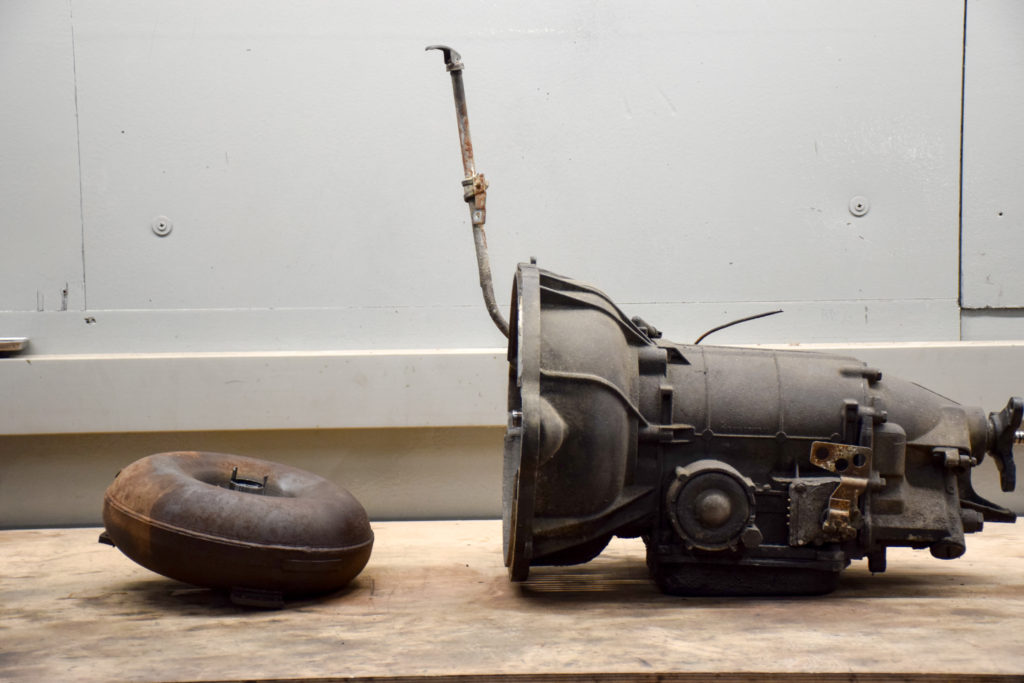


Terrijn Classics Health Check
The Mercedes-Benz R107 and C107 are very well-built and reliable cars that can provide years of enjoyment. However, their age can lead to certain issues if they are not systematically maintained over the years. Specific knowledge and experience with this model are therefore the keys to reliable and trouble-free driving, allowing you to enjoy each ride without worries.
Are you unsure whether your car is in perfect condition? At Terrijn Classics, we have developed the Health Check, a tailor-made inspection specifically for Mercedes-Benz vintage car owners who want to know the condition of their vehicle. Are you interested in our Health Check and would like more information? Visit the Health Check page and provide your details so that we can get in touch with you.
